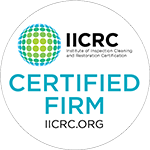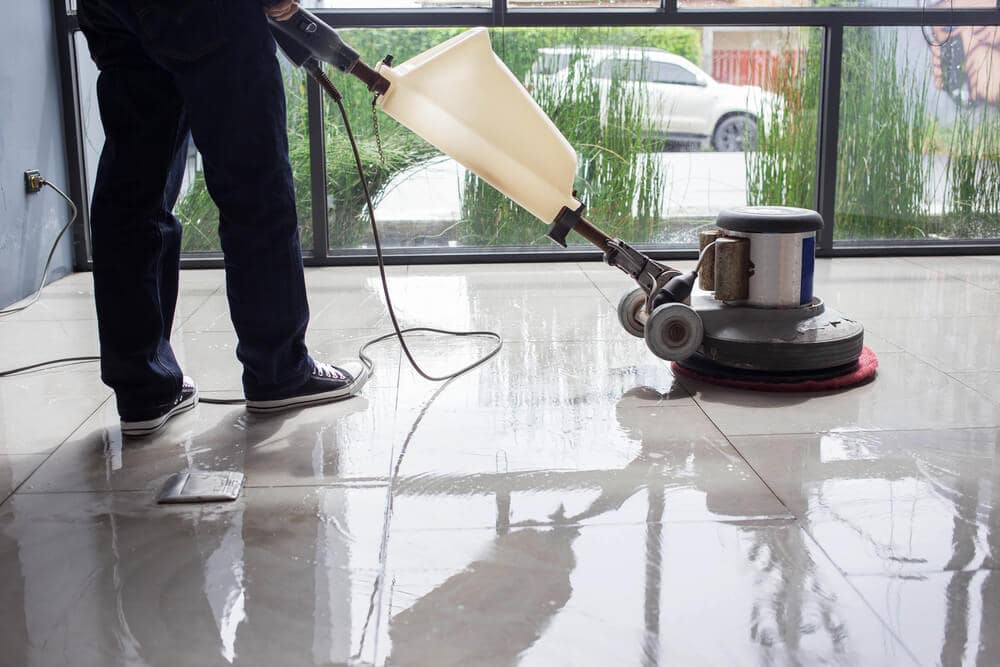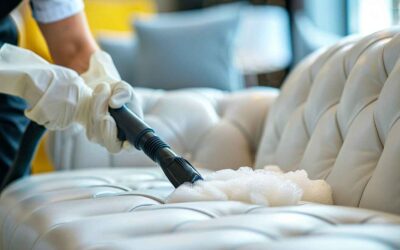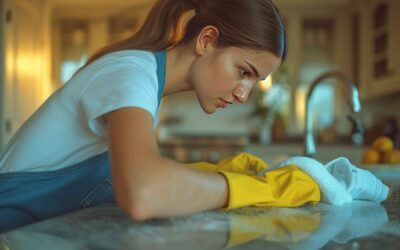If you’ve ever longed for your marble surfaces to gleam like polished gems, this guide, endorsed by cleaning specialists, is your roadmap to achieving that coveted luster. Picture your lackluster marble metamorphosing into a mirror-like finish, effortlessly reflecting light. However, before you attain such brilliance, you must undertake crucial steps to lavish your marble with the care it merits. So, embark on this journey to marble perfection, one step at a time, until you unlock the secrets to pristine marble surfaces that will truly astound you.
Necessary Supplies
To effectively polish marble, gather the necessary supplies before starting the process. You’ll need a soft cloth or sponge, a bucket of warm water, a pH-neutral cleaner specifically designed for marble, a marble polish or sealer, and protective gear such as gloves and a mask to ensure your safety. These items are essential for achieving a professional finish and protecting yourself and the marble surface.
Before you begin polishing, ensure you have all the supplies within reach to avoid interruptions. Having everything prepared beforehand will make the task smoother and more efficient. Remember, the quality of your supplies can significantly impact the final result, so it’s crucial to invest in high-quality products suitable for marble surfaces.
Preparing the Marble Surface
If you have gathered all the necessary supplies, the next step in polishing marble is preparing the surface for the polishing process. Start by clearing the marble surface of debris, dust, or dirt using a soft brush or a damp cloth. This initial cleaning is crucial to prevent scratching the marble during polishing. Once the surface is free of loose particles, inspect it for any stains or discoloration. If you notice any stains, apply a marble stain remover following the manufacturer’s instructions.
After addressing any stains, it’s essential to ensure the marble surface is completely dry before proceeding. You can use a clean, dry cloth to wipe the surface and remove the smell and any remaining moisture. Next, check for any scratches or imperfections that may require additional attention. Minor scratches can often be buffed out during polishing, but deeper scratches may need special treatment.
Applying the Polishing Compound
Use a soft cloth to apply the polishing compound to the marble surface evenly. Start by dabbing a small amount onto the cloth. Then, gently spread the compound in circular motions over the marble using gentle pressure. Cover the entire surface with a thin, even layer of the compound to achieve the best results.
Pay attention to the manufacturer’s instructions as you apply the polishing compound. Some compounds may require a particular drying time before buffing, while others can be buffed immediately after application. By following these guidelines, you can ensure that the compound effectively penetrates the marble to bring out its natural shine.
Buffing and Polishing the Marble
When buffing and polishing the marble, remember to use a clean, soft cloth to buff the surface in circular motions gently. After applying the polishing compound and letting it dry, the buffing stage is crucial for achieving the desired shine. Start by buffing small sections at a time to ensure even coverage. Apply light pressure and keep the cloth moving circularly to prevent streaks or uneven polishing. Ensure that your brush strokes overlap to prevent any missed areas.
Finishing Touches and Maintenance
Apply a marble sealer regularly to safeguard against stains and moisture, ensuring the enduring luster of your marble surfaces. This step is paramount for upholding the beauty and strength of your marble.
In the event of spills, swiftly blot them using a soft cloth and a gentle, pH-neutral cleaner to avert potential harm. Avoid harsh chemicals or acidic substances that may corrode the marble’s surface. Furthermore, employ coasters beneath glasses and trivets for hot dishes to prevent heat-induced damage.
For routine cleaning, wipe down the marble surfaces with a damp cloth or mop with a gentle cleaner. Avoid abrasive materials that could scratch the marble.







